Hi everyone, I want to understand what is the difference between;
- mining and running a node and becoming a validator,
What requires consensus(voting); proposing blocks(I guess it is one selected proposer for every slot but please correct me and tell how this has changed before and after merge), or validating blocks?
If a decentralised project is not running their node by themselves then isn’t it nonsense?
Client diversity is emphasised much but still Geth and Prysm & Nethermind are majorly used clients making this again not secure with single point of failure which all of this was created for?
Also if this has to do with time, that over time there will be diverse options with none dominating then is it practically possible to do so? As the best user experience will be ‘best’ by one entity at any given time.
- Not a question but please correct me if I am wrong, Execution Layer is the one where new txns are shared, executed on blockchain and state is updated.
Consensus Layer is the one where consensus happens with now p-o-s which checks if data is valid to make immutable changes or not.
So doesn’t this mean consensus layer works(put to work) first and then execution layer?
Please simplify this for me a bit.
- Also, why does consensus mean to reach 66% of nodes’ agreement and not 51%?
[link] [comments]

You can get bonuses upto $100 FREE BONUS when you:
💰 Install these recommended apps:
💲 SocialGood - 100% Crypto Back on Everyday Shopping
💲 xPortal - The DeFi For The Next Billion
💲 CryptoTab Browser - Lightweight, fast, and ready to mine!
💰 Register on these recommended exchanges:
🟡 Binance🟡 Bitfinex🟡 Bitmart🟡 Bittrex🟡 Bitget
🟡 CoinEx🟡 Crypto.com🟡 Gate.io🟡 Huobi🟡 Kucoin.

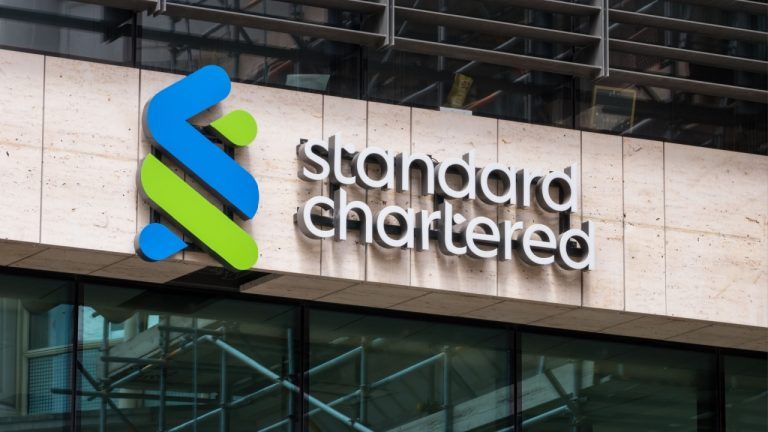

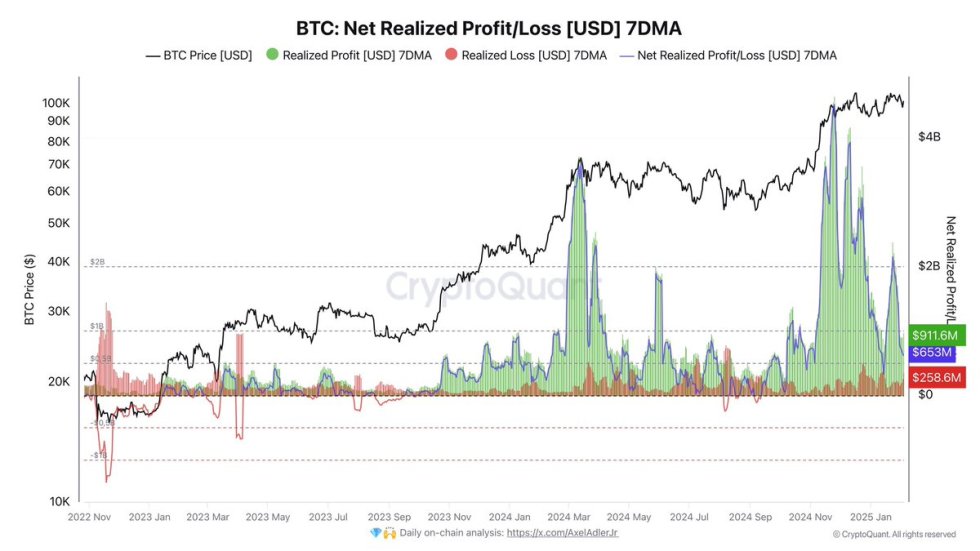


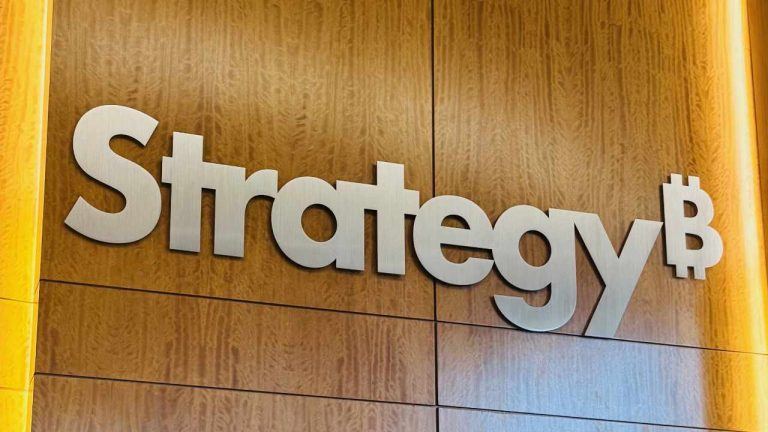



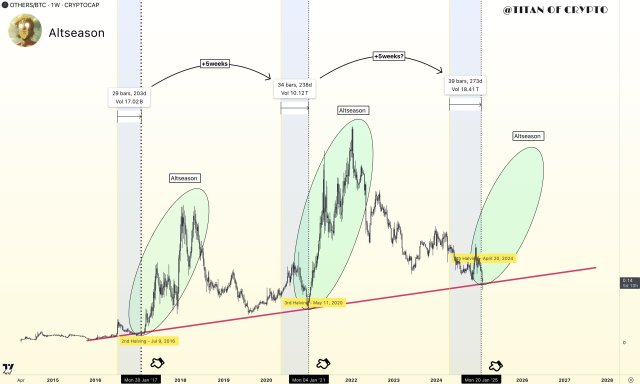





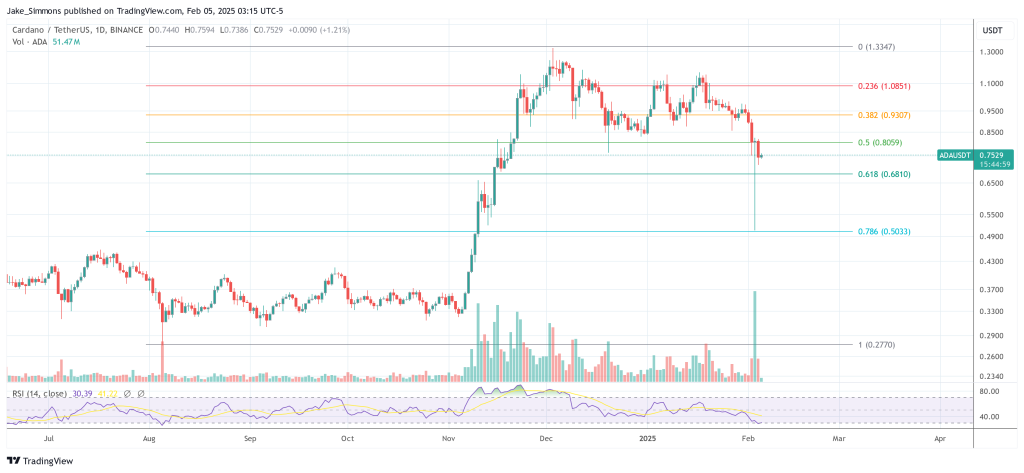



Comments